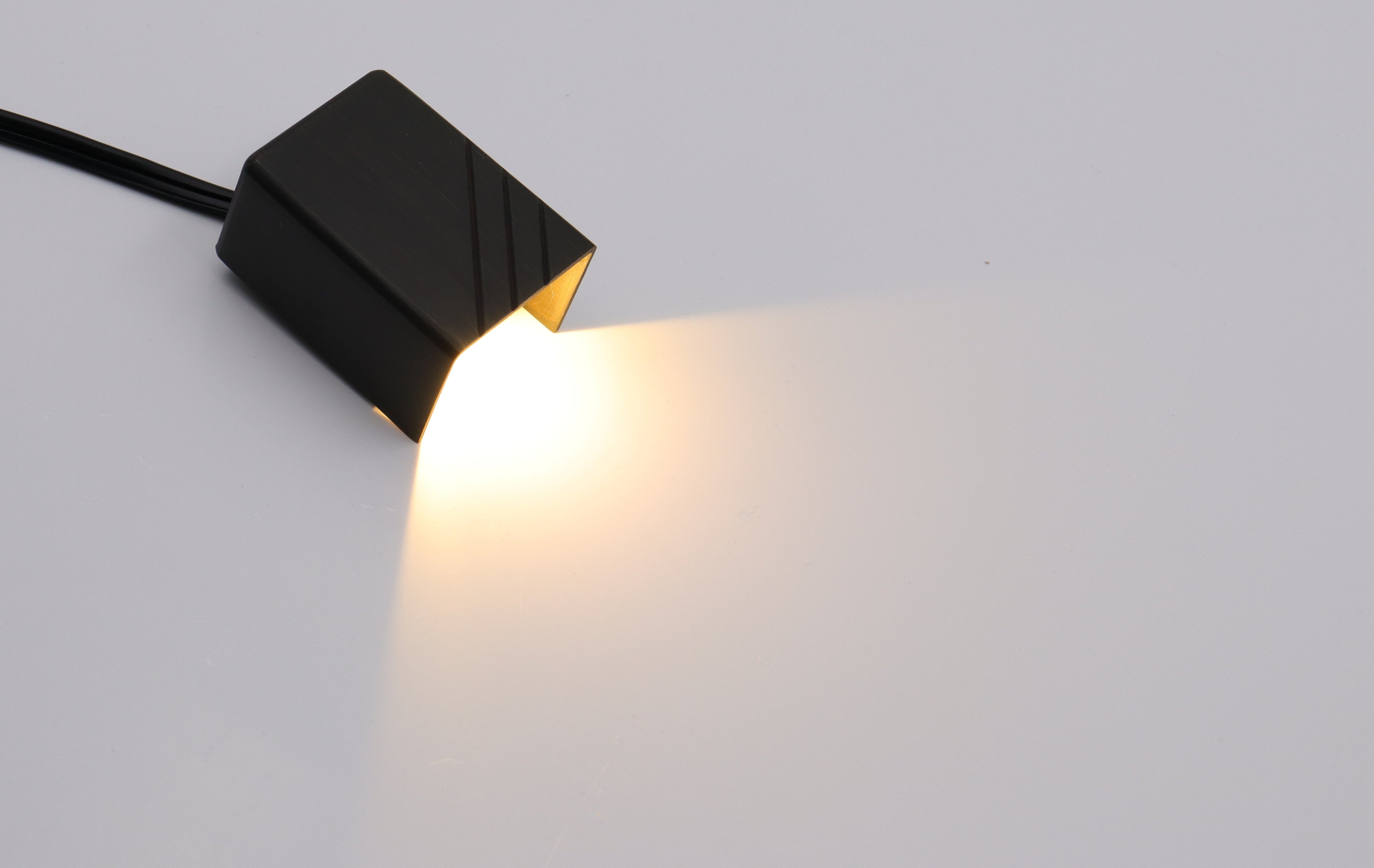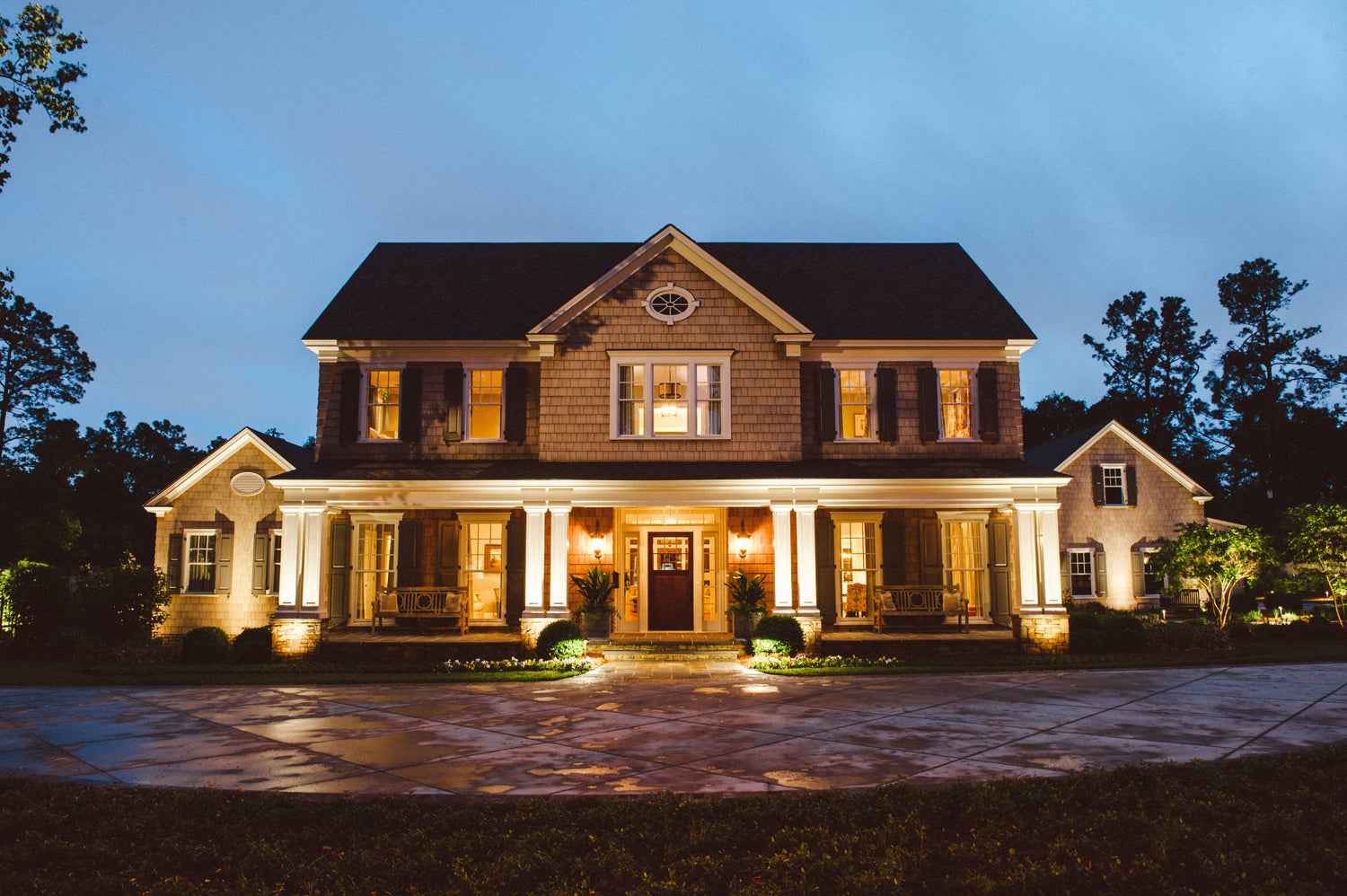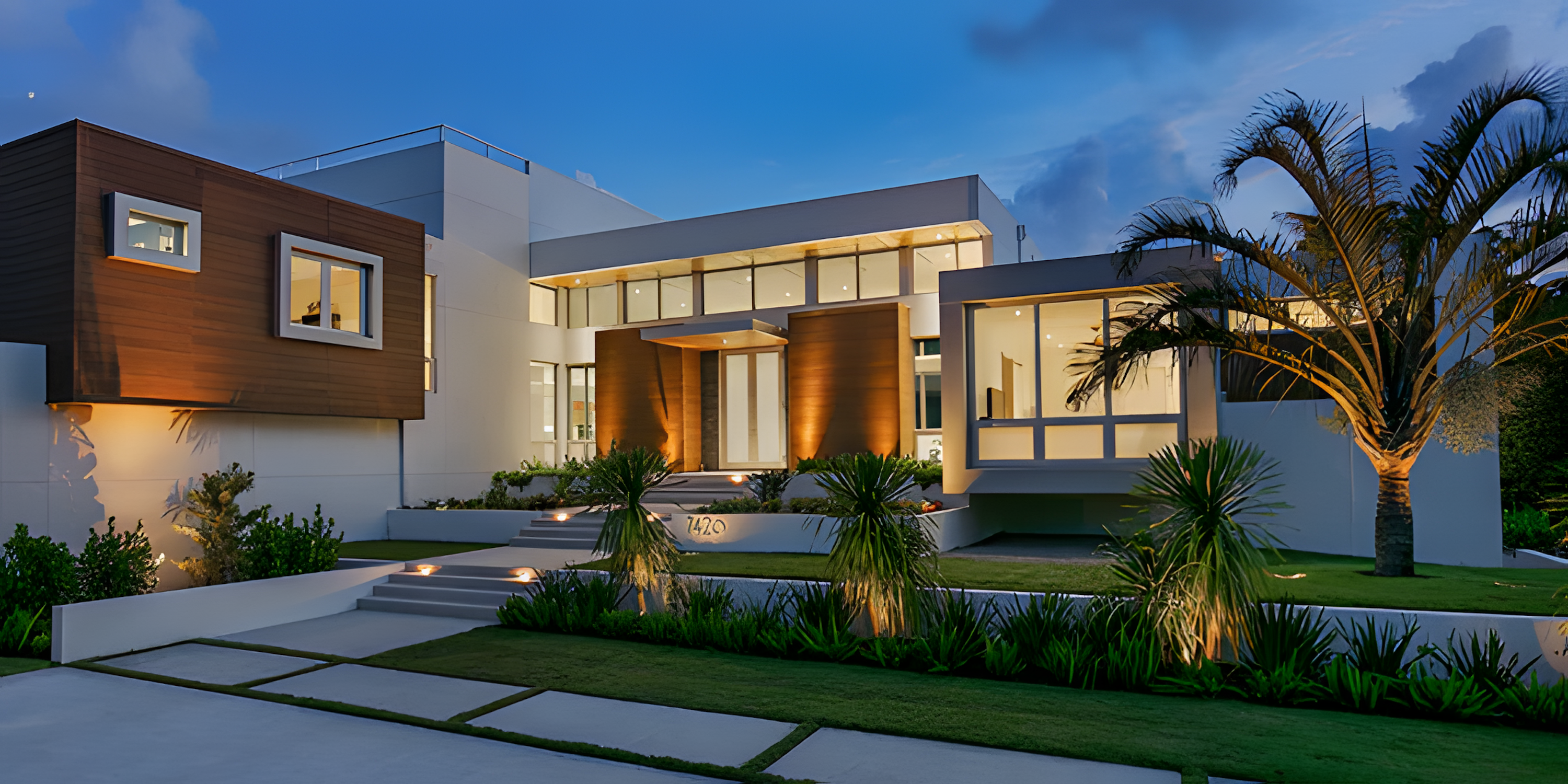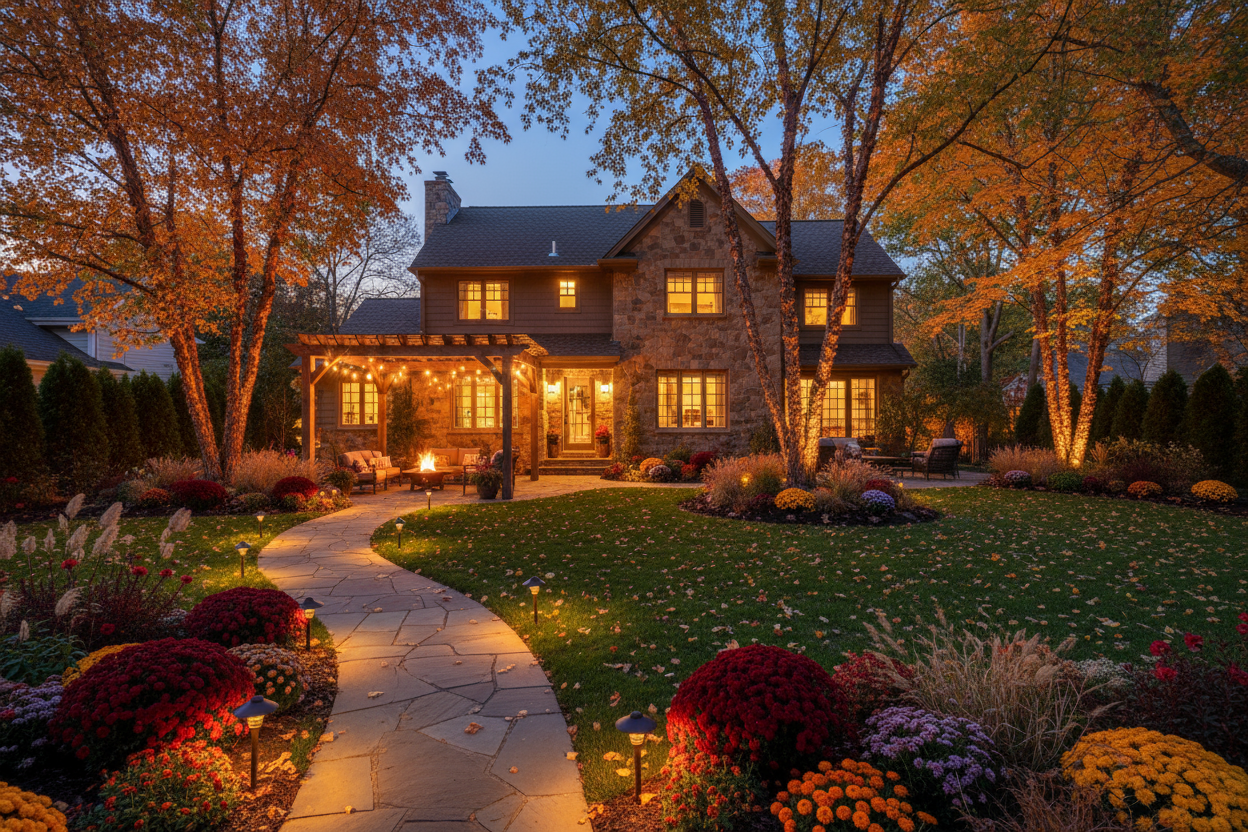Creating an inviting and visually appealing outdoor space doesn’t stop when the sun goes down. With the right low voltage landscape lighting, you can enhance your yard’s beauty, increase safety, and highlight architectural or natural features without consuming excessive power. Today, homeowners are increasingly seeking efficient, durable, and aesthetic outdoor lighting solutions that add both function and elegance to their property.
According to a 2025report by the American Lighting Association, over 67% of homeowners who invested in landscape lighting saw an increase in their property’s nighttime usability and visual appeal, while 45% reported higher home value perception. These figures underscore the growing importance of well-designed outdoor lighting systems that combine efficiency, longevity, and artistic value.
In this article, we’ll explore five professional low voltage landscape lighting ideas that can transform your yard into a beautifully illuminated outdoor retreat — all while maintaining energy efficiency and long-term reliability.
1. Pathway Lighting: Safety Meets Aesthetic Appeal
Pathway lights are among the most essential elements of any landscape lighting plan. They serve a dual purpose — guiding guests safely along walkways and creating a welcoming atmosphere throughout your yard.
From a practical standpoint, pathway lighting prevents tripping hazards and improves visibility in dimly lit areas. But beyond safety, it’s also about design harmony. When spaced evenly (typically 6–8 feet apart), low voltage path lights create a rhythmic visual flow that draws attention to your garden’s natural contours.
Research from Lighting Design Lab indicates that using low voltage LED fixtures can reduce energy consumption by up to 75% compared to traditional halogen systems. Brass fixtures, in particular, are favored by professionals because of their corrosion resistance and long lifespan — ideal for humid or coastal climates where aluminum may deteriorate faster.
Pro Tip: Choose fixtures with frosted lenses or hooded designs to minimize glare and achieve a soft, balanced illumination.
2. Uplighting Trees and Architectural Features
Uplighting adds dramatic depth and visual interest by casting light upward from the ground onto trees, columns, or the sides of your home. This technique works exceptionally well for highlighting textured surfaces — such as stone walls, tree trunks, or sculptures — bringing dimension and contrast to your nighttime landscape.
In outdoor lighting design theory, vertical illumination helps balance dark and light zones, creating a more natural and layered aesthetic. Low voltage well lights or adjustable spotlights are commonly used for this purpose because they can be easily aimed and controlled for precise coverage.
According to Landscape Architecture Magazine, homeowners using uplighting as part of their landscape lighting strategy report a 30% improvement in curb appeal perception. Beyond aesthetics, uplighting can also serve as a subtle security measure by illuminating potential shadowed areas around the property.
Pro Tip: For large trees, position two or more uplights at different angles to emphasize the canopy’s depth and avoid harsh shadows.

3. Deck and Step Lighting: Enhancing Safety and Comfort
Deck and step lights play a crucial role in outdoor spaces designed for relaxation and entertainment. Whether installed beneath stair treads or embedded in deck surfaces, these low voltage fixtures add safety and visual continuity without overwhelming the area.
A study by Residential Lighting Journal found that step lighting reduces nighttime accident risk by nearly 50% in residential settings. This simple addition can make decks, patios, and stairways both safer and more inviting after sunset.
Solid brass deck lights are a popular choice among professionals due to their durability and timeless aesthetic. They resist corrosion, maintain their finish, and perform reliably in various weather conditions. Combined with LED landscape lighting, they provide a warm, consistent glow while consuming minimal electricity — typically just 2 to 3 watts per fixture.
Pro Tip: Aim for 100–150 lumens per step to ensure adequate illumination without overpowering surrounding features.
4. Accent Lighting for Garden and Water Features
If you have decorative plants, statues, or fountains, accent lighting is the best way to make them stand out after dark. Accent lights focus attention on specific landscape elements, creating focal points that capture the eye and enhance the space’s overall design narrative.
Low voltage outdoor spotlights with narrow beam angles are particularly effective for this purpose. By adjusting the beam spread and placement, you can create a dynamic interplay of light and shadow that evokes depth and sophistication.
Professional lighting designers often apply the “3:1 rule” — meaning the highlighted object should be three times brighter than the surrounding area — to achieve balanced visual contrast. When executed correctly, accent lighting can transform even a modest garden into an elegant nighttime sanctuary.
Pro Tip: Avoid over-lighting. Subtle illumination often yields a more refined and professional result.
5. Wall Wash Lighting for a Cohesive Nighttime Ambience
Wall wash lighting creates smooth, even illumination across broad surfaces such as garden walls, fences, or house façades. This technique not only expands the perceived boundaries of your outdoor area but also provides a beautiful, resort-like glow.
Professionally designed wall wash landscape lighting uses wide-beam, low voltage fixtures positioned several feet away from the surface at a 30–45° angle. The result is a soft, uniform brightness that complements other focal lighting effects without creating harsh contrasts.
Studies conducted by Lighting Research Center (LRC) show that layered lighting design — combining wall wash, accent, and path lighting — improves spatial perception and emotional comfort in outdoor environments. It encourages outdoor living and extends the usability of patios, driveways, and gardens well into the evening hours.
Pro Tip: For brick or textured stone walls, use fixtures with a higher lumen output to emphasize surface patterns and color depth.
Why Choose Low Voltage Lighting Systems
Beyond the aesthetic benefits, low voltage landscape lighting offers several practical advantages for modern homeowners:
- Energy Efficiency: Operates typically at 12V, significantly lowering electricity costs.
- Safety: Safer to install and maintain, especially in wet or exposed outdoor environments.
- Flexibility: Allows for creative configurations and future expansion without rewiring.
- Longevity: LED and brass systems last up to 10 times longer than older halogen or steel options.
The U.S. Department of Energy reports that LED-based low voltage systems consume up to 80% less energy while maintaining consistent light output for over 25,000 hours — making them a sustainable and cost-effective investment.

Final Thoughts
Professional-grade outdoor lighting is more than just illumination — it’s an art form that blends safety, functionality, and design. By incorporating these five low voltage landscape lighting ideas, you can elevate your yard’s aesthetics, extend outdoor usability, and create a warm, welcoming ambiance for family and guests.
Whether you’re highlighting a pathway, showcasing a garden feature, or illuminating your deck for nighttime gatherings, every fixture plays a role in shaping your outdoor experience.
Investing in durable materials like solid brass and energy-efficient LEDs ensures not only beauty but also long-term performance and peace of mind. When designed thoughtfully, your landscape lighting will do more than brighten your yard — it will redefine the way you experience your outdoor space.






Leave a comment
All comments are moderated before being published.
This site is protected by hCaptcha and the hCaptcha Privacy Policy and Terms of Service apply.